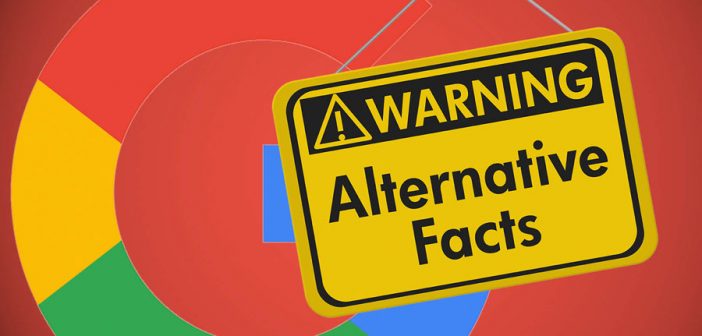Brand safety remains a concern, and one wrong move by marketers can tarnish consumer sentiment. So what do the negative perceptions caused by consumers encountering offensive content mean for brands and the platforms that carry their advertising?
According to an April 2019 report from mobile video ad network AdColony, three in five consumers worldwide encounter offensive content on Facebook, and nearly one-third noted the same was true of YouTube. Inappropriate content appearing on Google, in mobile games, or on platforms like Instagram and Snapchat was less likely, but still apparent.
Marketers must be aware of their ad’s environment. When consumers see offensive content, it has the potential to shift their perceptions of the platform on which it appears and of the brands whose ads are displayed nearby.
In the AdColony survey, nearly half of respondents said their view of an advertiser is negatively impacted when an ad appears alongside undesirable content. Sixty percent said offensive content negatively impacts the way they view the platform it appears on. Similarly, ads that appear near negative content decrease consumer intent to associate with a brand by 2.8 times, per an October 2018 report from brand safety company Cheq.
Join eMarketer’s Tech-Talk Tuesday Webinar on May 7th, and hear from a panel of experts as they explore their research findings on programmatic media. Learn how Diageo’s in-house programmatic team is working to find better, faster and simpler ways to maximize effectiveness and efficiency. This webinar is presented by Origami Logic.
But these findings should be taken with a grain of salt. Results from both surveys were self-reported—and still, 39% of AdColony’s respondents said ad placements next to undesirable content had no impact on their opinions of advertisers.
“Marketers obviously have incentive to keep their ads away from controversial content, but it’s worth recognizing that people who launch boycotts in the name of brand safety are atypical,” eMarketer analyst Ross Benes said. “In fact, some studies indicate that most people react with indifference when they see ads next to offensive content.”
While 60% of US ad industry professionals regard brand safety as a serious concern, many marketers continue buying ad spots on platforms like YouTube and Facebook. According to a November 2018 survey from GumGum and Digiday, YouTube was the most likely platform to be rated fair/poor at 25.6%, yet we forecast that its US ad revenues will grow 16.0% this year to $5.34 billion.
US ad industry professionals think Facebook has done a slightly better job of improving brand safety, with just 15.7% rating its efforts fair/poor. According to our estimates, Facebook’s US ad revenues will reach $28.52 billion in 2019, up 20.6% year over year.
–
This article first appeared in www.emarketer.com
Seeking to build and grow your brand using the force of consumer insight, strategic foresight, creative disruption and technology prowess? Talk to us at +9714 3867728 or mail: info@groupisd.com or visit www.groupisd.com



